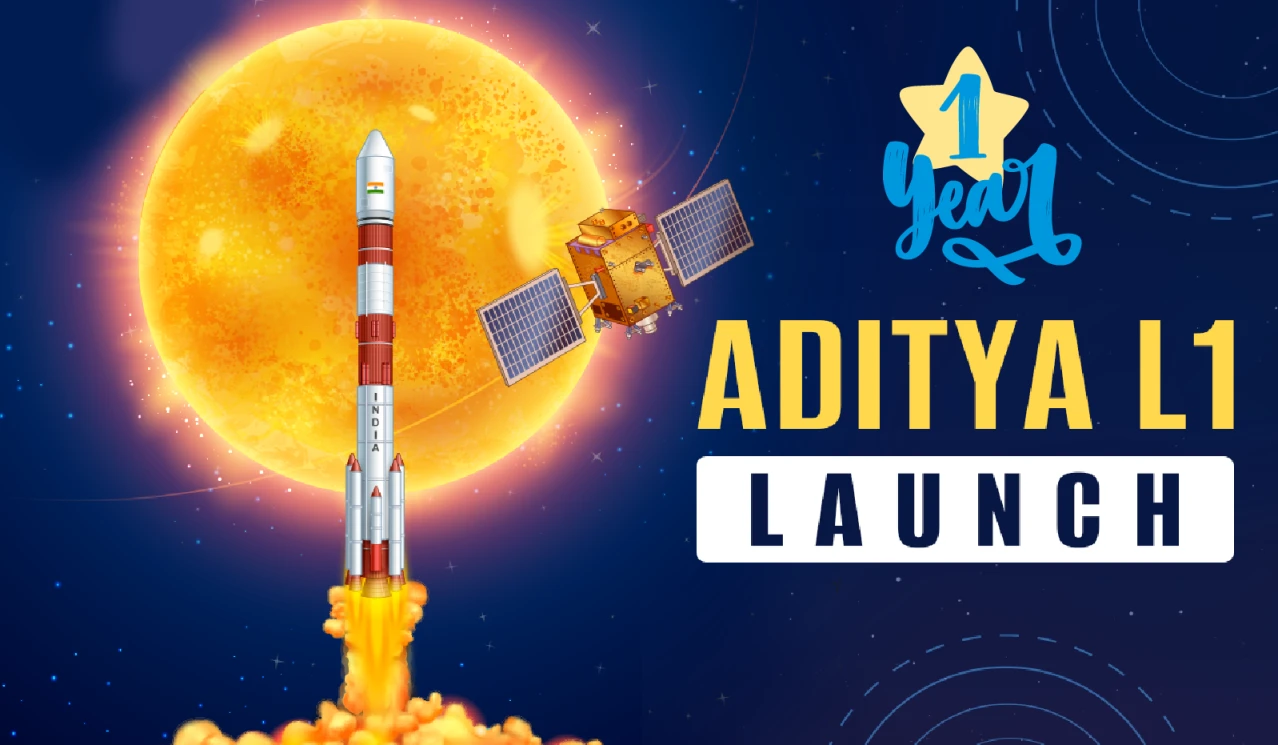Using data from the Visible Emission Line Coronagraph (VELC) onboard Aditya-L1, scientists from the Indian Institute of Astrophysics (IIA), in collaboration with NASA, have successfully estimated key parameters of a CME.
- This is the first visible-light spectroscopic observation of a CME ever.
- Coronal Mass Ejections (CMEs) are large expulsions of plasma and magnetic field from the Sun’s corona.
About Aditya-L1 Mission
- It is India’s first dedicated solar mission.
- It was launched in 2023 by PSLV-C57
- Objectives: To understand Coronal Heating and Solar Wind Acceleration; flares and near-earth space weather; Solar wind distribution and temperature anisotropy etc.
- Lifespan: 5 years
- 7 payloads:
- Remote Sensing Payloads: VELC, Solar Ultraviolet Imaging Telescope (SUIT), etc.
- In-situ Payloads: Aditya Solar wind Particle Experiment (ASPEX), etc.
- It placed in a halo orbit around the Lagrange point 1 (L1) of the Sun-Earth system, which is about 1.5 million km from the Earth.
- Halo orbit is a periodic, three-dimensional orbit at L1 involving Sun, Earth and a spacecraft.
- At Lagrange points, the gravitational pull of two large masses precisely equals the centripetal force required for a small object to move with them.
- These points are used to reduce fuel consumption needed to remain in position.
Other Major Solar Missions
|




